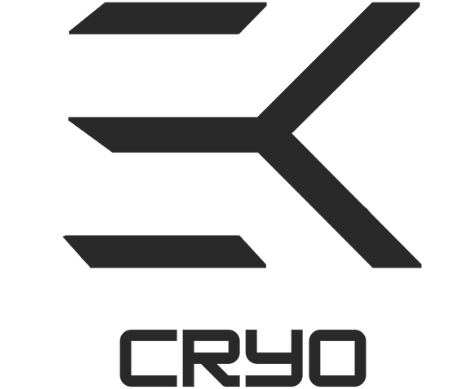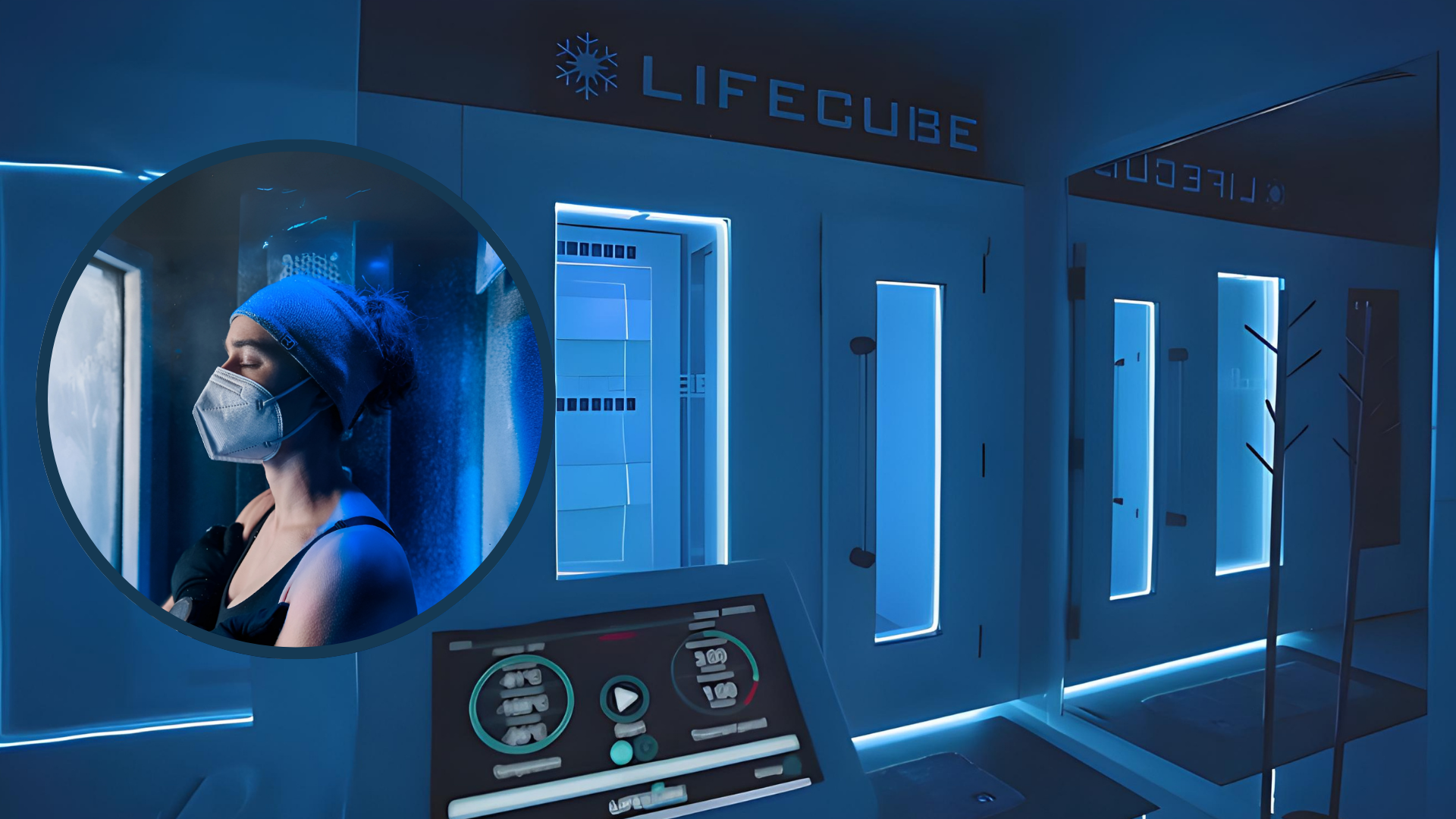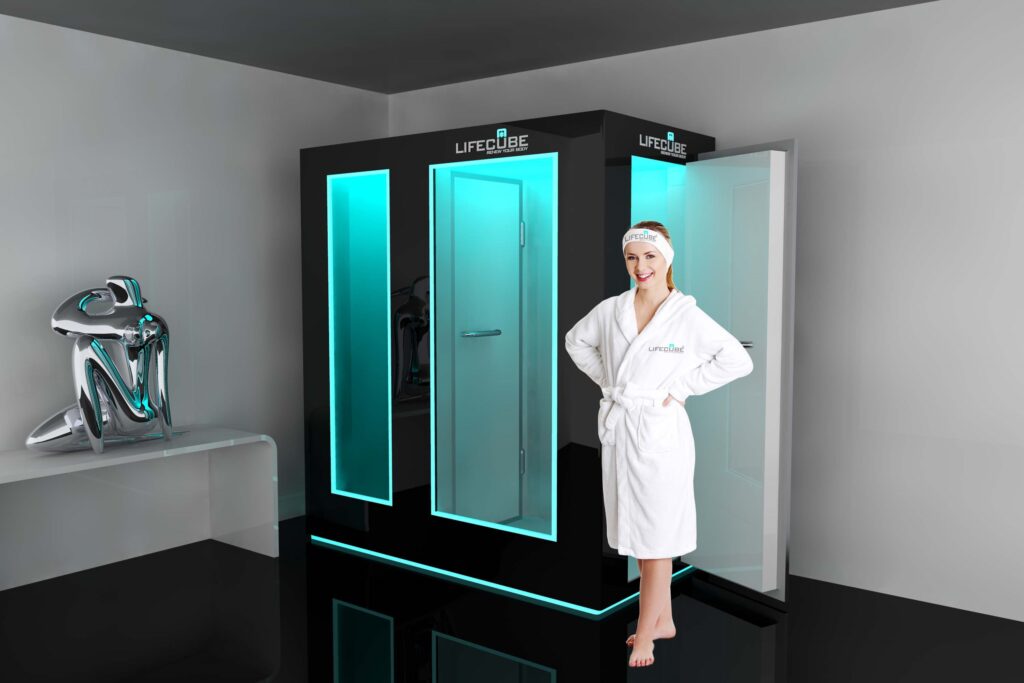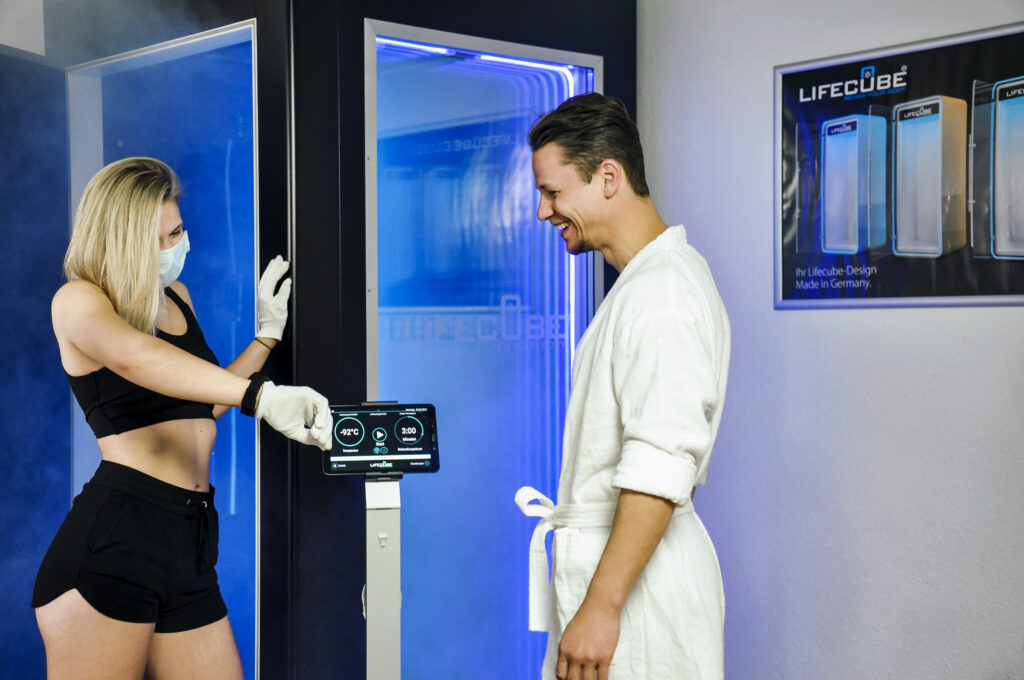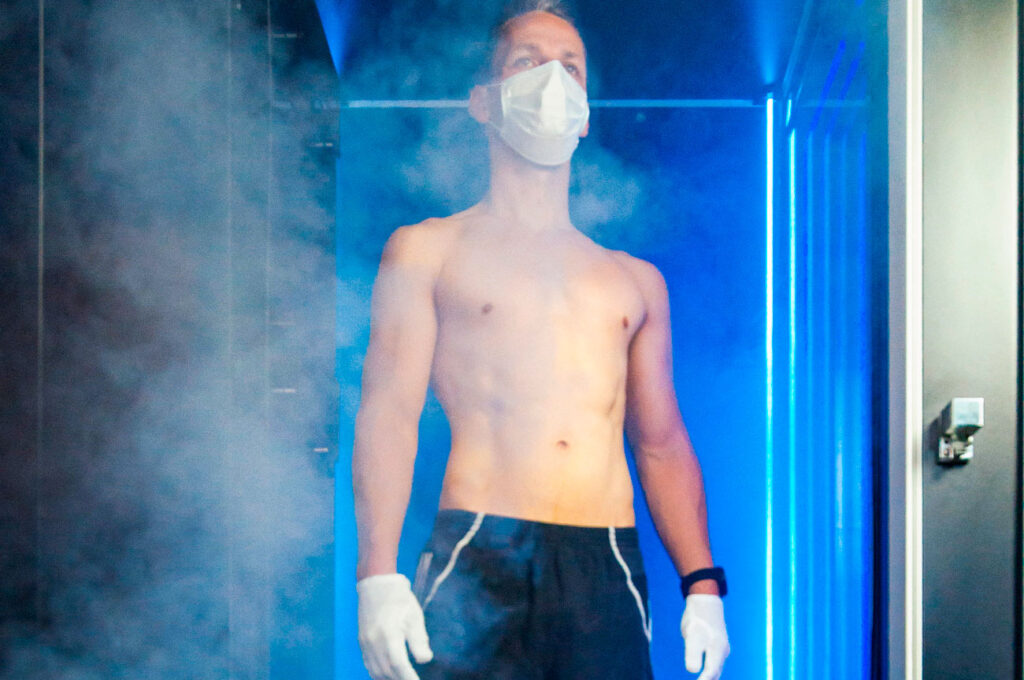So, what exactly is cryotherapy for anti-ageing, and is it worth braving the cold for smoother skin, fewer wrinkles, and a more youthful glow? Whether you’re curious about the trend or considering trying cryotherapy in London, let’s step into the icy details — without actually freezing ourselves just yet.
What is Cryotherapy?
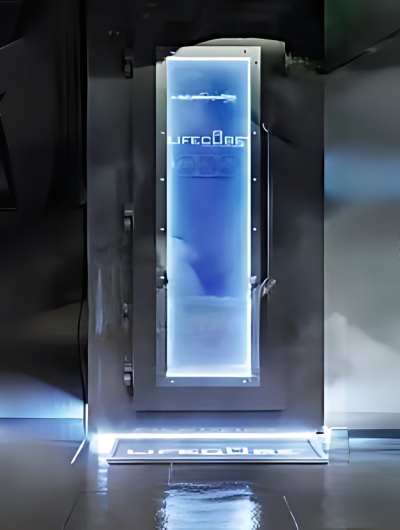
Cryotherapy (literally “cold therapy”) involves exposing your body to sub-zero temperatures — often around -80°C to -110°C — for between two to four minutes. It’s done in a special cryo chamber, either as a whole-body treatment or as a targeted session for specific areas, like the face and neck.
While it may sound like something out of a sci-fi film, cryotherapy has been used for decades in sports medicine for muscle recovery. Only more recently has it found its way into the beauty industry, where the promise of anti-ageing benefits has made it a trending treatment in salons, clinics, and luxury spas.

How Does Cryotherapy Work for Anti-Ageing?
It all comes down to your body’s reaction to the cold. When you’re exposed to extreme temperatures, your body goes into a state of cold shock. Blood vessels constrict to preserve your core temperature, and once you step out, they dilate again, flooding your skin with oxygen-rich blood and nutrients.
This process can:
- Boost collagen production – Collagen is the protein that keeps skin plump and firm, but it naturally decreases as we age. Cold exposure can stimulate collagen synthesis, helping to reduce the appearance of fine lines and wrinkles.
- Increase circulation – Better blood flow means more nutrients and oxygen reaching skin cells, supporting regeneration and repair.
- Reduce inflammation – Chronic low-grade inflammation can accelerate ageing. Cryotherapy helps calm inflammation, which can benefit both skin texture and tone.
- Tighten skin – The cold causes an immediate tightening effect, giving skin a firmer, more lifted look — and while that part is temporary, the long-term collagen boost can help maintain it.
In short, cryotherapy tricks your skin into acting younger by giving it a little cold-induced wake-up call.
The Science Behind Cryotherapy

It’s easy to dismiss beauty trends as just hype — but cryotherapy’s anti-ageing claims have some genuine scientific support. Here’s why it works:
- Collagen Stimulation – Research shows that exposure to cold can activate fibroblasts (the cells responsible for producing collagen and elastin). This leads to firmer, more elastic skin over time.
- Reduced Oxidative Stress – Ageing is partly driven by free radical damage. Cryotherapy has been shown to increase antioxidant activity, which helps protect skin cells from premature breakdown.
- Cellular Repair – Cold exposure may stimulate the production of certain proteins linked to cell survival and repair, slowing down the ageing process at a cellular level.
- Hormonal Effects – Some studies suggest cryotherapy boosts endorphins and reduces cortisol, helping to combat stress — a major contributor to visible ageing.
While more research is still needed, these mechanisms make a strong case for why so many people are seeing younger-looking skin after regular cryotherapy sessions.

What Does a Cryotherapy Session Feel Like?
Let’s be honest — it’s cold. Really cold. But the good news is, it’s over before you know it.
For a whole-body session:
- You’ll wear minimal clothing (usually just shorts, socks, gloves, and slippers) to protect extremities.
- You’ll step into the chamber, and a technician will guide you through the process.
- The air will drop to extreme sub-zero temperatures, but because it’s dry cold, it feels less painful than you might expect.
- You’ll be encouraged to keep moving or lightly bouncing to help with circulation.
- After 2–4 minutes, you’ll step out feeling invigorated, flushed, and warm again within minutes.
How Often Should You Do Cryotherapy for Anti-Ageing?
For noticeable and lasting results, consistency is key. Many people start with two to three sessions per week for the first month, then drop to once a week for maintenance.
If you’re planning on committing long-term, looking into cryotherapy packages in London can make the process more affordable and convenient. Collagen production and cellular changes take time — think of it like going to the gym for your skin. You’ll get some instant effects, but the deeper benefits come with regular sessions over several weeks or months.
Pairing Cryotherapy with Other Anti-Ageing Treatments
Cryotherapy can be a powerful stand-alone treatment, but it works beautifully alongside other skincare and wellness practices, such as:
- Microneedling – Stimulates collagen in a different way, so the effects can be complementary.
- LED Light Therapy – Reduces inflammation and supports skin healing post-cryotherapy.
- Hydrating Facials – Replenish moisture and nutrients after cold exposure.
- Balanced Diet & Hydration – Good skin health starts from within, and cryotherapy enhances nutrient delivery to your skin cells.
The Pros and Cons of Cryotherapy for Anti-Ageing
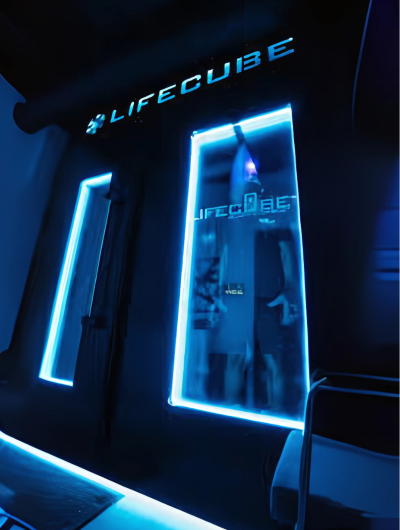
Like any treatment, cryotherapy has its strengths and limitations.
Pros:
- Non-invasive, no downtime
- Boosts collagen naturally
- Improves circulation and skin tone
- Can also support overall wellness (better sleep, mood, recovery)
Cons:
- Results vary between individuals
- Multiple sessions needed for best results
- Not suitable for those with certain medical conditions (e.g., uncontrolled high blood pressure, severe cold sensitivity)
- Can be pricey if done regularly

Is Cryotherapy Safe for Everyone?
For most healthy adults, cryotherapy is considered safe when done in a professional setting. That said, it’s important to check with your GP if you have any underlying conditions, and always choose a reputable clinic with trained staff.
The Future of Cryotherapy for Anti-Ageing
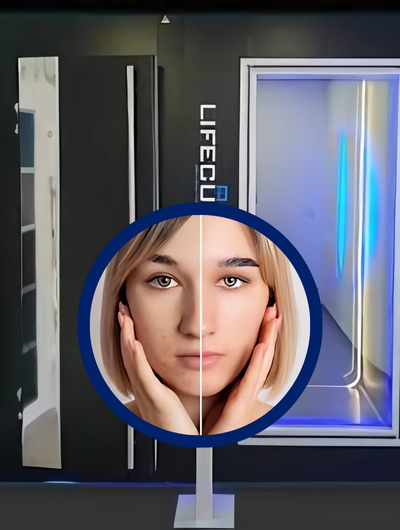
We’re still only scratching the surface of what cold therapy can do for skin health and longevity. As research continues, we may see cryotherapy combined with other cutting-edge technologies to enhance results — think cryo-infused serums or smart chambers that adjust temperatures for your exact skin type.
Given its growing popularity among celebrities, athletes, and wellness enthusiasts, it’s safe to say that cryotherapy for anti-ageing is more than just a passing fad. For many, it’s becoming a regular part of their self-care routine — and perhaps one of the chilliest ways to look younger without going under the knife.

Freezing Time the Smart Way
While cryotherapy won’t literally stop the clock, it can help slow the visible signs of ageing in a natural, non-invasive way. From boosting collagen and improving circulation to giving your skin that post-treatment glow, it’s a refreshingly different approach to anti-ageing skincare.
So, if you’re ready to brave the chill, cryotherapy might just be your new secret weapon for keeping time — and wrinkles — at bay. After all, why just freeze your face when you can freeze time?
FAQ
What is cryotherapy for anti-ageing?
Cryotherapy for anti-ageing is a treatment that exposes the body or face to extremely low temperatures for a short time to stimulate collagen, improve circulation, and reduce inflammation — all of which can help the skin look younger.
How quickly will I see results?
Some people notice an immediate tightening effect after a session, especially with cryofacials. However, the long-term benefits, like improved skin texture and reduced wrinkles, usually appear after several weeks of regular sessions.
Is cryotherapy safe for everyone?
Most healthy adults can safely enjoy cryotherapy when performed by a trained professional. However, it’s not suitable for those with certain medical conditions, such as severe hypertension, heart problems, or extreme cold sensitivity. Always check with your GP first.
How often should I do cryotherapy for anti-ageing?
For best results, many start with 2–3 sessions per week for the first month, then switch to weekly or fortnightly sessions for maintenance.
Does cryotherapy hurt?
It’s definitely cold — but not painful for most people. The dryness of the cold makes it more tolerable, and sessions are only a few minutes long.
